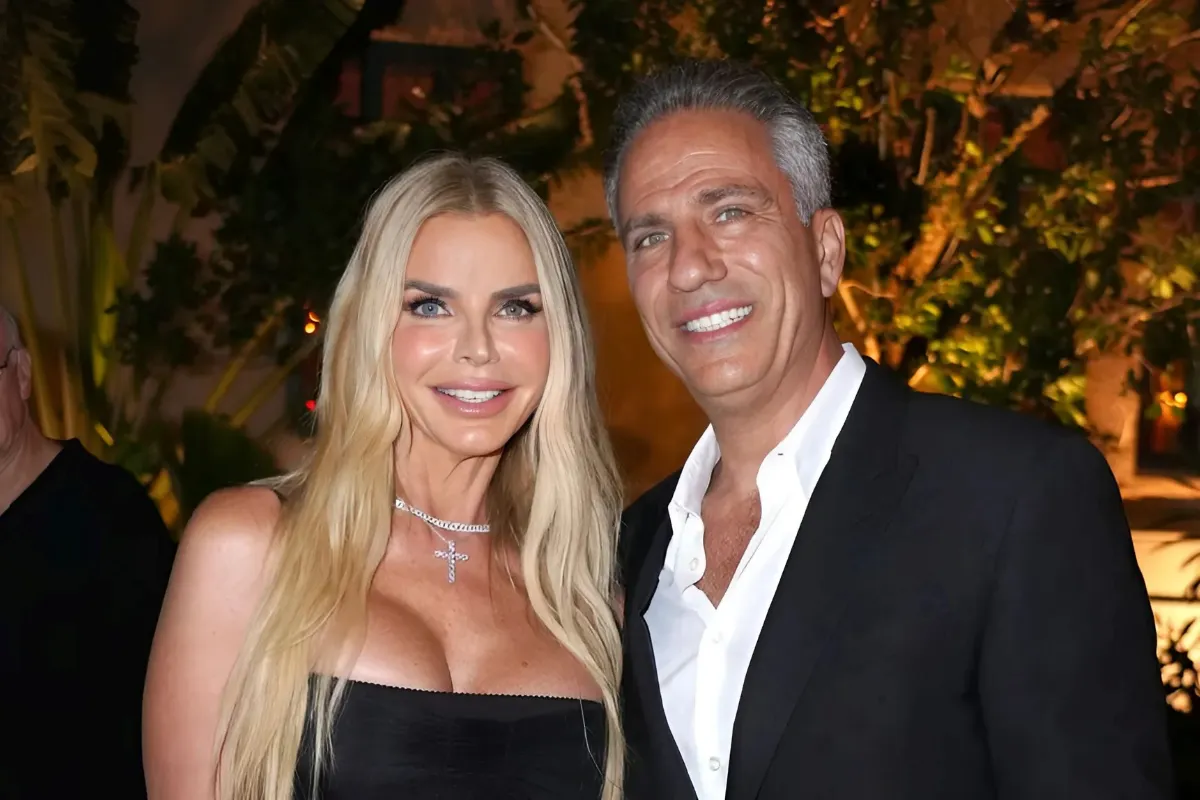When the Senators traded Chychrun, they got the kind of player they desperately needed, but did they truly get fair value in return?

When the Ottawa Senators turned the page on Jakob Chychrun, we barely had time to process it. We were still digesting the Linus Ullmark trade. The Chychrun deal was immediately followed by the free-agent acquisition of wingers Noah Gregor, David Perron, and Michael Amadio. The next day, the club traded away Mathieu Joseph and re-signed centre Shane Pinto.
It was a lot to take in, especially after the Senators had made so few player moves during the season.
Now that things have calmed down and NHL staff have begun to drift off to their cottages for a few weeks, we have time to spin back and review some of the deals.
On Canada Day, GM Steve Staios dealt Chychrun to the Washington Capitals for right-shot defenceman Nick Jensen and a 2026 third-round pick. Staios explained that he had “a lot of interest” in Chychrun from other teams, but put a premium on adding a top-four right-shot defenceman like Jensen.
“We were looking at an opportunity to balance out our defence, and we were able to do that with the acquisition of Nick Jensen,” Staios said.
It's easy to understand the thought process. Jensen did represent a great need on the Ottawa roster. But when considering each player's NHL value, was it a fair trade for the Senators? Did they get enough in return?
Put this another way. When the Senators were hot and heavy after Chychrun in early 2023, what would your reaction have been if Arizona traded him instead to Washington for Nick Jensen and a third-rounder? You'd probably have thought, "That's not very much. Why didn't the Senators offer more than that?"
Even after an off-year, Chychrun is probably seen as a top 40 defenceman in the league, while Jensen, with all due respect, wouldn't make most people's top 80. So why didn't the Senators get more? What is Staios thinking?
And why do I love this deal?
Most people still horrifically undervalue the physical, stay-at-home defenceman who plays his position well. I'll admit I'm guilty of it too.
It's like the ongoing debate about the Norris Trophy, which almost always goes to the best offensive defenceman. The stay-at-home defencemen who play their position, knock guys around, and passionately defend their net need not apply for that award.
But ask the game's best forwards which kind of defenceman they hate to play against. Ask the Norris nominees how much they appreciate their D partner who stays home and does the equally valuable but less glamorous work. Goal prevention is worth the same as goal creation.
Now, let's move on to Jensen's virtue of the right shot. Why is being a right-shot a big deal? One big reason is scarcity.
Coaches ideally want three right-handed and three left-handed defencemen. But the split isn't 50-50. According to the Athletic, which did the math in March, the league had 301 defencemen play in the league to that point in the season. 175 were left-handed, 126 were right-handed.
So, if you have a right-handed D who can play in your top four, as Jensen did in Washington, you don't part with him easily. The Capitals were a target because they already had some good right-shot D, with John Carlson, Jensen, and Trevor Van Riemsdyk all playing north of 18:40 a night.
The Senators absolutely had to fix their right-shot blue-line quota. All they really had was Artem Zub, a number four, and Jacob Bernard-Docker, an NHLer on the bubble, who started last season by clearing waivers.
That meant that, for about 20 minutes every night, the Senators had a left-shot defenceman playing the right side, catching passes on his backhand, often having his back to the play, and a lot of things taking a split second longer than they needed to. In a league that's faster than it's ever been, that's not ideal.
Do you know who really understands the value of the physical, veteran, stay-at-home, right-shot D who defends well? That would be Staios, who used to be a physical, veteran, stay-at-home, right-shot D who defended well for 1,001 NHL games.
And let's not forget, above their roster needs, there was no shortage of reasons for the Senators to move on from one of their left-shot offensive defencemen.
Thomas Chabot and Jake Sanderson already have long-term deals, while Chychrun is in the final year of his contract (and said in April he hadn't even thought about an extension).
If he did, the Sens would have had to pay a premium for him to forego unrestricted free agency next summer.
He stayed healthy all year, but by his own admission, he didn't play his best hockey. Was that a one-off or the new normal?
His cap hit is fair at $4.6 million, but his actual salary jacks up to $7 million this fall.
And again, he was another left-shot defenceman known for his offence. In short, he was more of what Ottawa already had in abundance.
So, considering everything, did the Senators get enough for Chychrun? The answer is...absolutely.



